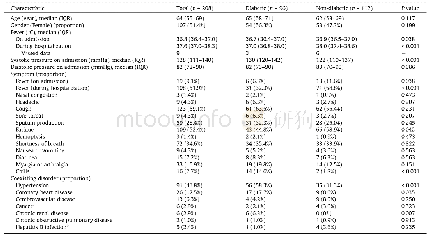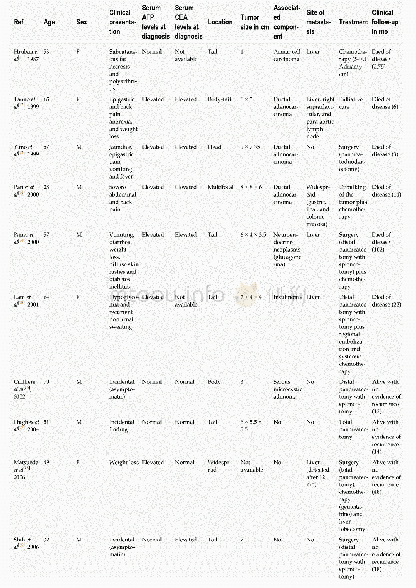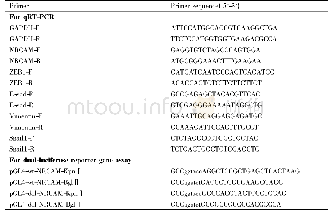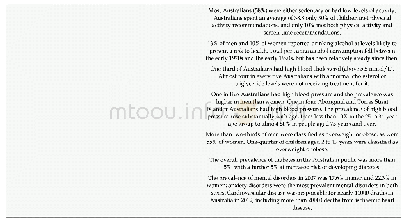《Table 1 Summary of clinical studies evaluating magnesium use in intracerebral hemorrhage》
 提示:宽带有限、当前游客访问压缩模式
提示:宽带有限、当前游客访问压缩模式
本系列图表出处文件名:随高清版一同展现
《Magnesium:pathophysiological mechanisms and potential therapeutic roles in intracerebral hemorrhage》
ICH:Intracerebral hemorrhage;mRS:modified Rankin score;NIHSS:National Institutes of Health Stroke Scale;N/A:not available.
The physiological properties of magnesium in ICH are not as well understood as with ischemic stroke models.However,three key properties of magnesium—vasodilation,hemostasis,and reduction of PHE through BBB preservation—may make magnesium therapy a worthwhile future target for improving clinical outcome after ICH.Although two large randomized trials did not demonstrate efficacy of magnesium therapy in ICH,both trials were not designed to optimize therapeutic targets for ICH pathophysiology.In contrast,several recent large retrospective trials have demonstrated associations in ICH between low admission serum magnesium levels and clinical outcome,admission hematoma volume,and hematoma expansion.The results of these studies(Table 1)suggest that with a proper methodology focused on ICH pathophysiology,magnesium may prove to have some clinical benefit in ICH.
| 图表编号 | XD0040617700 严禁用于非法目的 |
|---|---|
| 绘制时间 | 2019.07.01 |
| 作者 | Jason J.Chang、Rocco Armonda、Nitin Goyal、Adam S.Arthur |
| 绘制单位 | Department of Critical Care Medicine,MedStar Washington Hospital Center、Department of Neurology,Georgetown University School of Medicine、Department of Neurosurgery,Georgetown University School of Medicine、Department of Neurology,University of Tennessee He |
| 更多格式 | 高清、无水印(增值服务) |





